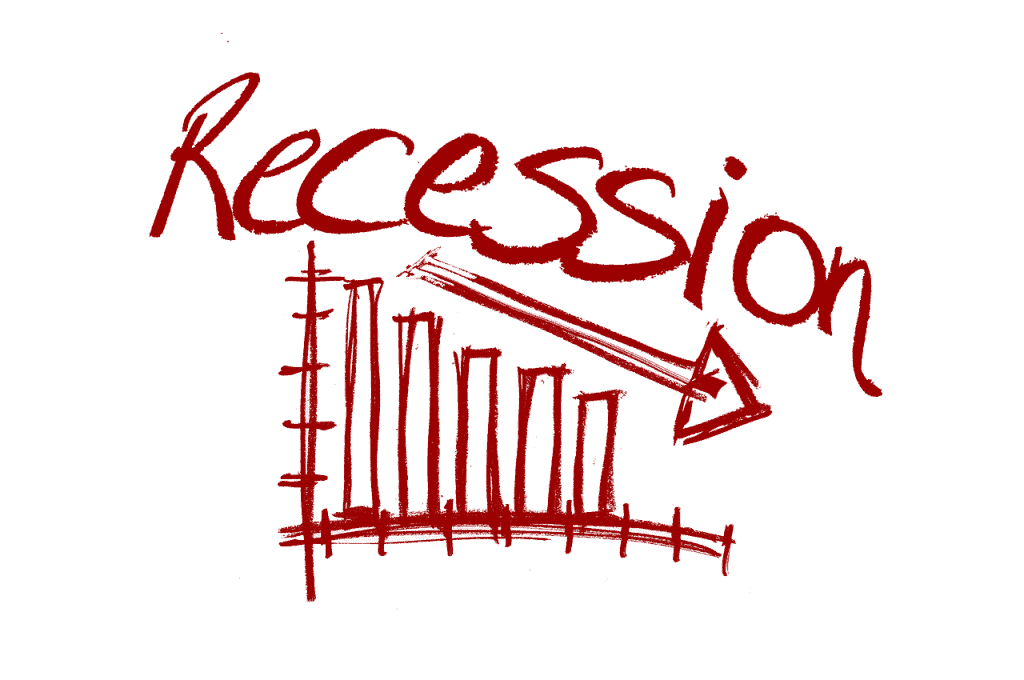Most of the agencies expect India’s GDP to contract more than by 5%, which will further create a slump in the economic activities. Sliding Indian Economy is gripped by Debt, Deficit, China, and COVID-19.
High Public Debt Burden
Sovereign rating is the credit rating of a country which indicates the risk level of investing in a country. Fitch rating, in its sovereign credit overview for the Asia Pacific region, downgraded India’s credit ratings. It said that the countries including Australia, India, Japan, and Malaysia, whose debt-to-GDP ratio is already high would witness a further jump in 2020. This is due to their inability to present credible medium-term strategies for reversing the recent rise in debt-to-GDP levels owing to crisis. Further, it added that India’s ratio of public debt/GDP would rise to 84% of GDP in FY21, 13% up from December’s forecast. However, it said that India’s GDP growth is likely to return to higher levels than the ‘BBB’ category if it avoids further deterioration in financial groups. Fitch has projected a contraction of India’s GDP by 5% in FY21.
Last week Moody’s also cut India’s sovereign credit rating. It said that India would face a prolonged period of slower growth owing to the stress in various sectors.
Deficit
SBI’s economics research team has suggested the Indian government to raise funds directly from Reserve Bank of India through the issuance of instruments like “COVID perpetual bonds”. The suggestion comes amid the rising debt levels and falling revenues of the government. Economists explain that monetization is the only way to bounce back the GDP after the pandemic.
The SBI report supported the idea of direct monetization. Saying it would do the required without any inflationary impact. Consequently, it will allow the government to raise funds at a lower cost without pressuring the bonds market. It further explained that the government could consider direct monetization in exceptional situations, COVID being one, under the Fiscal Responsibility and Budget Management (FRBM) Act.

COVID-19 and the Economy
Analyzing the impact of the pandemic, Dharmakirti Joshi, chief economist CRISIL Ltd noted the extent of a hit on the Indian economy. He said that India’s GDP is expected to fall by 25% in the first quarter of the current fiscal year while it will be 5% for the entire year. Further, he estimates a permanent loss of 10% of the GDP. He added that the recent monetary measures announced will not help revive the economy owing to rising financial stress in the economy.
He further explained that India depends on social distancing due to its weak health infrastructure to contain the pandemic. Also, frequent lockdowns and reintroduction of containment measures will hinder supply chain, logistics, and transportation. Besides, service sectors like sports, hospitality, and tourism will take time to return to normalcy. However, he expects mild growth in the third quarter, provided normal monsoon, the peak of infection in this quarter, and more than 1% of fiscal stimulus of GDP which has been committed so far.
China
The escalation of border issues with China has resulted in restricting Chinese companies’ legitimate civilian business. Hu Zhiyong, a research fellow at Shangai Academy, reported that banning Chinese apps will harm the middle class of India. He added that the Chinese IT giants, including Alibaba, Tencent, Huawei, Xindia Steel Ltd, provided valuable online financial services. This allowed the Indian middle class to conduct online businesses smoothly.
How South Korea Overturned its Sliding Economy
In 1961, both South Korea and India had comparable per capita incomes ($85.4 and $93.8). However, South Korea favoured policies encouraging labour-intensive products. Subsequently, it managed to bring per capita income to $31,762 in 2019 while India stands at $2,104.1. The Export-oriented systems account for the vast difference in per capita incomes of both the countries. The outward-oriented policies ensured that the country grew at 8.97% per year during 1960-2000. Consequently, its GDP jumped from $23.3 billion to $724.6 billion.
Arvind Panagariya, NITI Aayog, explains South Korea’s strategy. The country focused on exporting labour-intensive products, including plywood, woven cotton fabrics, clothing, and footwear during the 1960s. Also, the nation added other labour-intensive products like wigs and human hair, which led to an increase in income levels. As a result, several people moved towards manufacturing jobs from agricultural jobs. Besides, the government never compromised on education and also encouraged savings.
In all, India is at halt by the COVID, China, and its policies. The post-pandemic world will not be the same, and it will take a while for industries to be back on track.